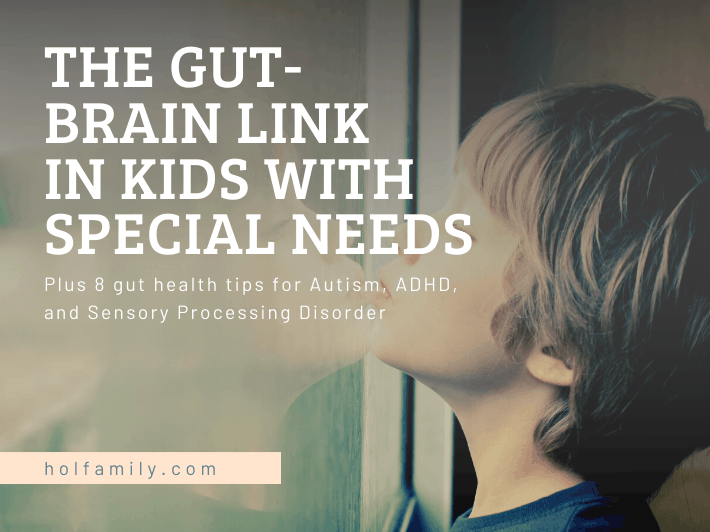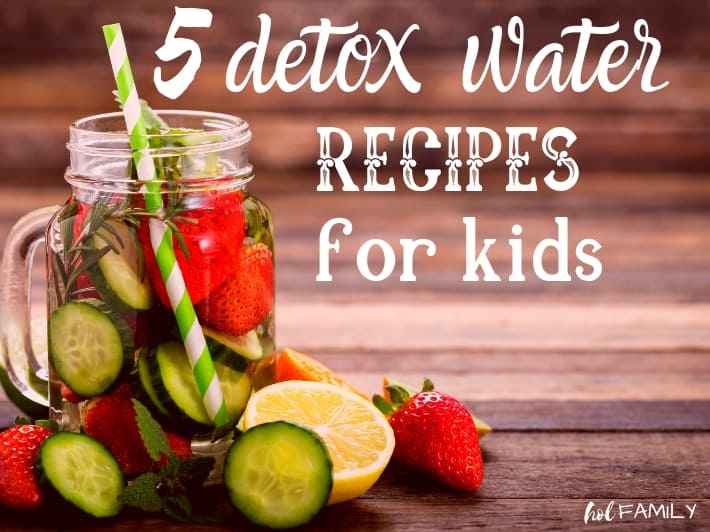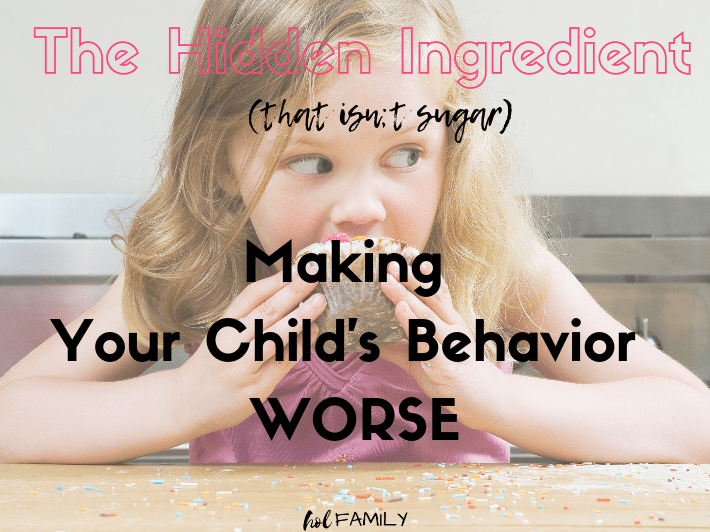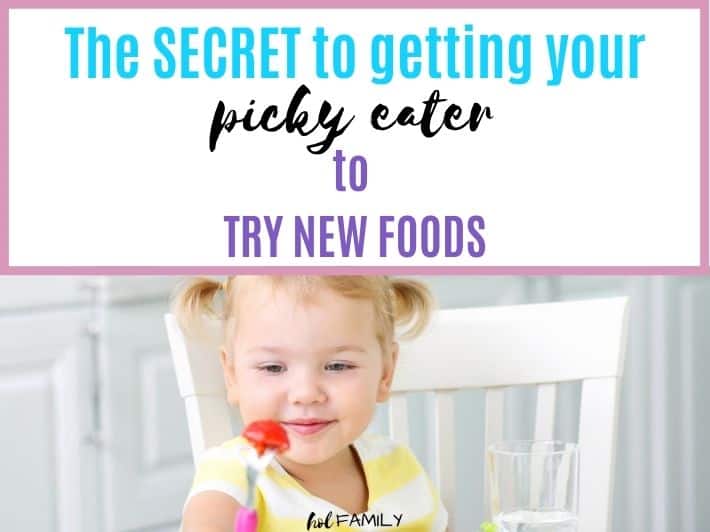
Feeding your baby their first bite of food is such a big occasion – camera in hand, spoonful of baby mush ready to go, and lots of anticipation for what you hope will be a lifelong love of healthy food. But once that camera snaps the photo of your baby making a face that says “what on earth is this smooshy green stuff you just shoved into my mouth,” the reality sets in that feeding your baby can be frustrating, time-consuming, and downright stressful.
But what if there was a better way? What if I told you that feeding your baby can actually be fun and easy with little to no effort on your part? Forget force-feeding your gagging baby with icky purées.

Why not let your baby decide when they are ready to start eating, choose how much they’d like to eat, and set your little one up for life-long success as a happy and confident eater?
This method is called “baby led weaning,” and it skips the mushy purée stage altogether, having baby join in on family meals and self-feeding from the start! Sound too good to be true? Read on for all the info you need to get started!
Make Sure Baby is Ready

At around 6 months of age, most babies have developed enough that their digestive and immune systems are ready for them to start eating solid food.
Some of the signs of readiness to look for include:
- Baby being able to sit upright with little to no support
- Baby reaching out to grab objects
- Baby bringing things up to their mouth
- Baby chomping on toys
- Baby making chewing movements
- Baby showing interest in food
Make Sure Mommy (and Daddy) are Ready
Fair warning – baby led weaning can be a very messy process! In the beginning, babies will often pick up a piece of food, investigate it, and promptly drop it (right on the floor).
Laying out a plastic sheet or disposable table-cloth under baby’s highchair is one way of controlling the inevitable mess. Baby led weaning also calls for parents to be hands off…no putting foods into baby’s mouth, forcing them to finish anything, or “topping up” with purées or baby cereal.
Skip the Purées
While it may seem like a right of passage for first-time parents to buy their first jar of baby food, anyone who has ever tasted a spoonful at a baby shower or to test the temperature probably knows that it is absolutely disgusting. Guess what…babies agree!
Your little one has been watching you eat exciting food with various colors, aromas, shapes, and textures and is eager to join in on the fun!
Babies look to us to know what is safe to eat, so if you start your baby off with a variety of healthy choices right from the start…chances are you will have a great eater for years to come! (And as an added benefit, you’ll be feeding yourself healthier choices too knowing that baby is always watching).

Put Away the Spoons
One of the biggest complaints most parents who feed purées have is that their babies are constantly gagging and almost choking on their food.
Spoon-feeding means that babies have to suck the food off of the spoon into the back of their mouths, triggering the gag reflex. This also means that they don’t get to practice chewing (which is important for things like speech development and good digestion), learn to cope with various textures, or develop the skill of self-regulation when it comes to hunger and fullness.
Think of Mealtime as Playtime
Babies love to explore the world around them through their mouths. As soon as they are able, babies start gnawing on their fists, toys, your shoulder as you carry them around, car seat or carrier straps…anything that they can get those tiny fists on.
Baby led weaning draws on this by allowing baby to explore food in a no-pressure setting. By giving baby lots of different foods to choose from, you are allowing them to experiment with picking things up (fine-motor control), bringing them to their mouths (hand-to-mouth coordination), and chewing (oral development).
The first few weeks (or months), baby may not actually “eat” much. But the skills that they are developing are critical and you can be sure that once that baby reaches a year of age and beyond, they’ll likely be eating leaps and bounds more variety and texture than their spoon-fed counterparts. As an added bonus…they’ll be the ones feeding themselves!
Feed the Family Together
One of the absolute best things you can do for your entire family is to enjoy mealtimes together. Turn of the televisions, put away the phones, and sit around a table at least once a day.
Watching you eat is the best education you can give your baby on healthy eating, so why not teach them about healthy relationships at the same time?
This is a chance for your baby to be at eye level with the entire family, smiling, making faces, and interacting. This also sets you up for success in the long-term, because when you welcome baby to join in on family meals, you’ll eliminate the need for separate mealtimes or special foods! Baby gets to eat what you are eating, when you are eating it, making the entire process fun, EASY, and enjoyable for everyone.
Keep up the Milk
Because baby won’t be actually “eating” a large amount of food in the beginning, it is important to keep up with breast milk or formula feeding on-demand. Following a set schedule doesn’t allow your baby to develop the important skill of self-regulation we mentioned earlier.
Many schedules were also developed with the assumption that baby would be taking in solids as a portion of their calories, so sticking to those charts may mean baby is not getting enough milk for their growing body.
It is best to offer milk as the primary source of nutrition, and allow baby to gradually wean from frequency as they start taking in more and more food at meal and snack times. Rest assured, breast milk or formula will still provide all of the essential nutrients they need until they are taking in a wider variety of foods.

Make Every Food a “French-Fry”
Most babies won’t develop the pincer grasp (ability to pick up small objects like cheerios between their forefinger and thumb) until around 9 months of age. This means that the first foods you offer baby will need to be long and thick enough for them to pick up and hold on to while they explore with their mouths.
Foods will also need to be soft enough to be gummed since most babies will not have enough teeth for chewing. It is best to offer a variety of foods from the various food groups that can be served in a “French-fry” shape.
Banana spears, soft cooked apple slices, shreds of meat and fish, fried egg yolks, steamed sweet potato and carrot, and peeled cucumber are all great choices.
Don’t be afraid to offer what the whole family is eating, even if it is more “flavorful” than you think baby can handle. Your baby may just surprise you with their likes and dislikes!
Let Baby Lead
If your baby doesn’t seem interested in bringing the food to their mouth or just gags and spits it out in the beginning, don’t worry too much about it. Continue to bring baby to the table with you at mealtimes and offer what you are eating, and when baby is ready, they’ll start eating too.
If they don’t seem to like a certain food (or food group) right away, don’t panic…babies can take up to twenty times of trying a new food before they develop a taste for it.
Some babies will avoid certain foods because they don’t like the texture or the way it feels in their hands (usually slimy or mushy foods like avocado or bananas). In this case, you can offer these foods in a silicone feeder that baby can hold on their own.
By allowing baby to take eating at their own pace, you are giving them the best chance at being a confident, independent, and happy eater and increasing the chance that they will be willing to try new foods in the future.
Final Thoughts
Transitioning baby to solid food is a huge milestone and should be a fun and exciting time for you and your baby. Why not put aside the spoons and purées and let your baby lead the way? Guaranteed your baby will be much happier at mealtimes, and you’ll be able to relax and actually enjoy being able to eat your own meal (that is when you aren’t picking up the food they dropped for the hundredth time)!
SaveSave
SaveSave
SaveSave
SaveSave
SaveSave
SaveSave
SaveSave
SaveSave







